Cameras and lenses don’t have to be left everywhere, they need to be stored properly and correctly.
If it is not stored correctly, it may cause problems such as dust contamination and mold formation.
In this article, we will introduce how to store cameras and lenses.
● Precautions for storing cameras and lenses
● What is the best storage method?
The inside of cupboards, drawers, and desks are places where dust and mold are likely to form. The same is true even if you have it in your camera bag. In general, the humidity suitable for storing cameras and lenses is about 40-50%. If the humidity exceeds 60%, mold is likely to grow, and conversely, an environment with extremely low humidity is also undesirable.
Therefore, it is important to maintain the right humidity.
You should also pay attention to temperature differences, as sudden changes in temperature can cause condensation.
① Prepare a case to store your camera and lenses
~ Dry box (moisture-proof cabinet) ~
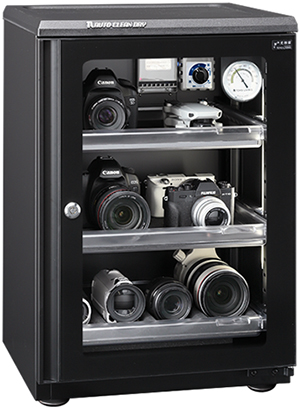 |
Moisture-proof storage manufacturer Toyo Living Co., Ltd.’s HP |
~Simple dry box or sealed container~
Simple dry box is easy and popular.
It is a sealed moisture-proof case provided by camera accessory manufacturers, etc., and it is possible to control humidity by putting a desiccant inside and placing a simple hygrometer.
It is easy to use because even beginners can easily store cameras and lenses. Recently, it is also possible to substitute airtight containers for food with rubber seals on the lid, which are available at 100 yen shops and home centers.
It is cost-effective and protects against moisture and dust, but requires regular humidity checks and desiccant replacement.
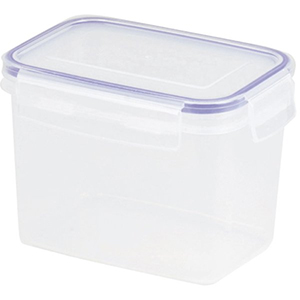 |
② Prepare the desiccant
Simple dry boxes and airtight containers for food should be filled with desiccant to reduce humidity.
You can also substitute a commercially available desiccant for dry boxes or silica gel for food.
Be sure to include a desiccant and a hygrometer to check the humidity.
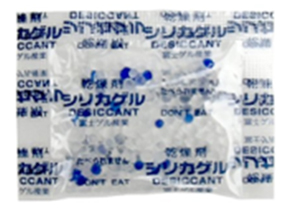
③ Clean thoroughly before storage
Cameras and lenses that have been used may have dust on them.
Properly clean it before storing.
It doesn’t make sense to bring dirt in when storing cameras and lenses in an enclosed space.
④ Cleaning and cleaning of cameras and lenses
Use a blower provided by a camera accessory manufacturer to blow away dust and fine particles from the camera and lens.
Carefully wipe off dirt and oil on the surface with a cleaning cloth.
Sweat and oil on your hands can lead to mold growth, so wipe them off thoroughly.
It is a question of whether or not to remove the lens from the camera when storing it, but it is okay to store it with the lens attached.
Rather, by reducing the number of times the lens is attached and detached, the risk of dust contamination can be reduced.
However, if you are going to remove the lens, it is important to attach the cap to the camera’s lens mount and store it.
● Temporary storage of cameras and lenses
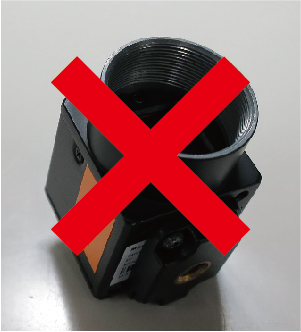 |
The camera sensor is bare and facing the top, and dust falls on the sensor inside the camera. |
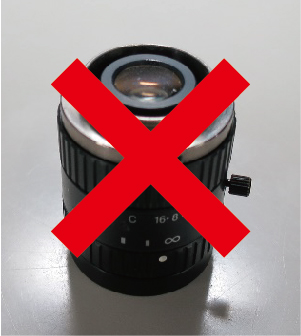 |
The C-mount part of the lens is exposed and facing the top, and dust falls on the lens. |
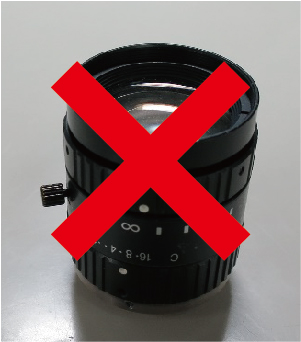 |
The side of the lens object is bare and facing the top, and dust falls on the lens. |
When you buy a camera or lens, it may come with a cap (lid).
Installing the cap as soon as possible reduces the risk of dust contamination.
When changing the lens, it may be temporarily placed on the desk, but care must be taken when doing so.
Make sure that the surface of the sensor or lens is not facing up, and that it is placed sideways to prevent dust from adhering to it.
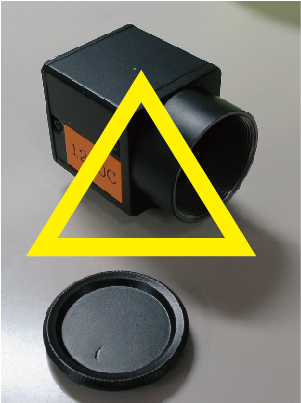 |
|
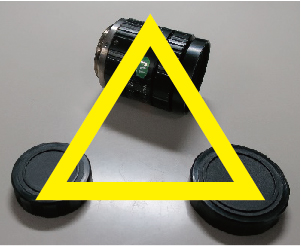 |
|
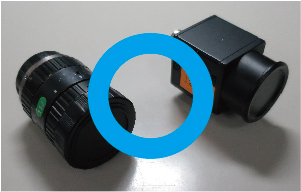 |
|
● Summary of how to store cameras and lenses
・The camera and lens are sensitive to dust and moisture.
・If dust or mold gets into the camera or lens, it will be difficult to remove. Therefore, it is important to store it in an environment where dust and mold do not form.
・To prevent dust and mold from forming, store it in a special case.
・Before storing, take good care of the camera and lens and do not bring in dust, dirt, or grease.
・There is no problem even if the lens is attached.
・Caution must be taken when temporarily storing or replacing lenses.



